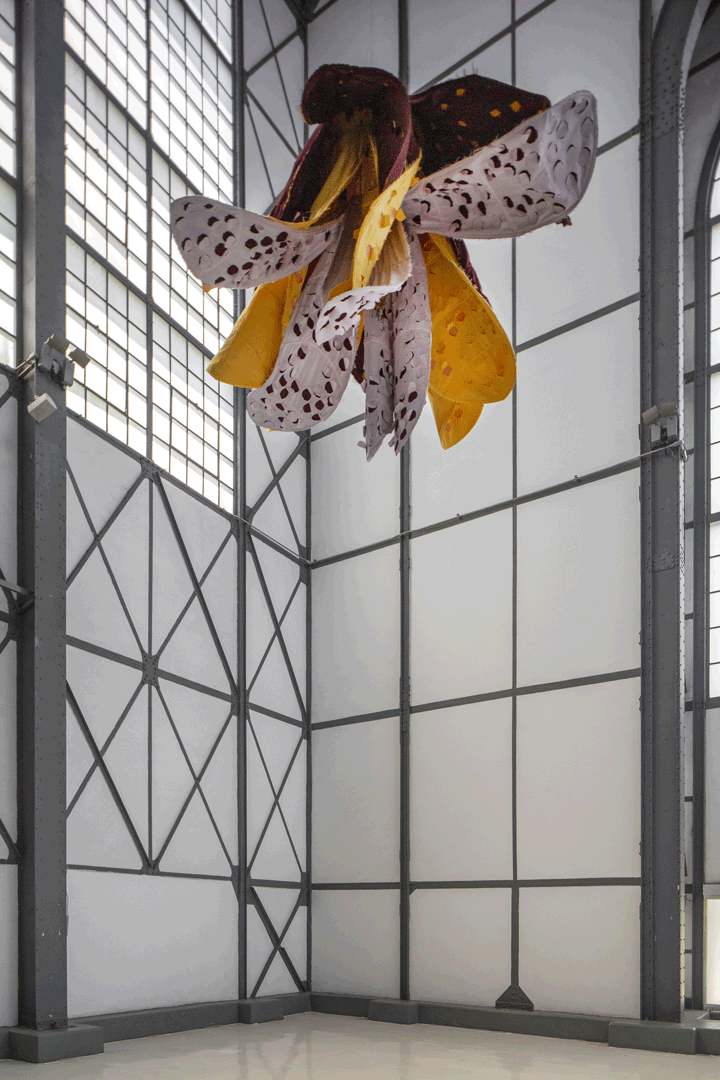
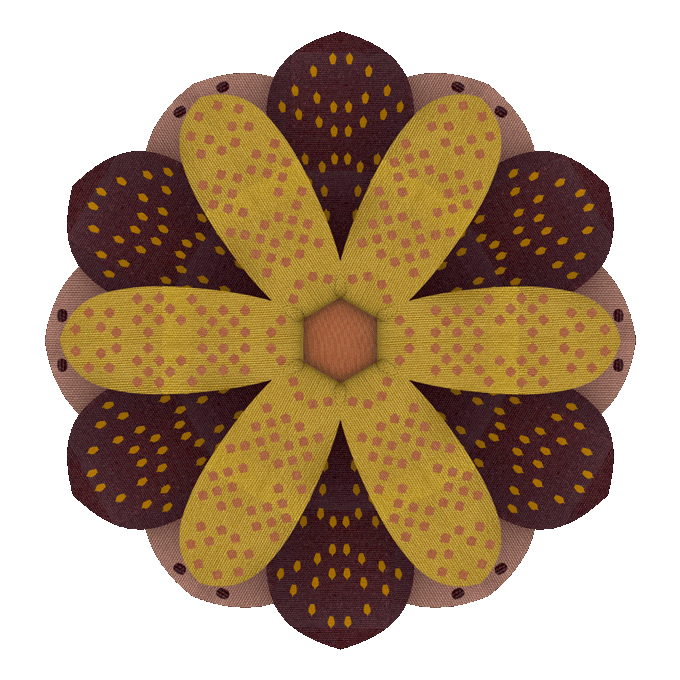
Hellmut is a table. However, because he was built for a museum, he is also part of a discussion about the future of the museum. Therefore, the topic expands already in the second sentence about this table. Hellmut is a stage, a gathering place, and a seating arrangement, which is why he has hinged legs for two heights – a pedestal and seating height, as well as a banquet height. As is well known, King Arthur had a round table where equal participants gathered (presumably only men, but never mind), so they sat inter pares. At Hellmut, one does not sit, stand or work inter pares. It is not about equality here – the dignity of the museum as an institution remains untouched – but rather about accompanying various phases of discussion. The Jumex Museum had invited to discuss its role as an exhibition space, but of course it remains in its position as a place of performance, presentation, research, and knowledge storage. Hellmut’s rectangular shape thus shows an existing hierarchy. Hellmut is what the museum as a whole wants to be: an exhibition space – i.e. a pedestal – and a place for discussion – i.e. a table.
The technology sociologist Bruno Latour writes that “techniques … are not means, but mediators”. He writes that techniques “are means and ends at the same time”. Through the intermediary, translations take place that transform the interests of individual actors. The furniture is an intermediary in a translation chain that reforms actor interests and builds nonhuman competencies.
One could say that the idea of dialogue (the future of the Jumex Museum) is “delegated” to the table and the desired agreement is “articulated” in the form of the table. Hellmut claims to be a means of crisis resolution, but he is actually the result of a solved crisis. However, one can also simply sit at the table and have coffee.
(Bruno Latour, “A Collective of Humans and Nonhumans: Following Daedalus’s Labyrinth”, in: Pandora’s Hope, Harvard University Press, 1999)
Nora Sdun
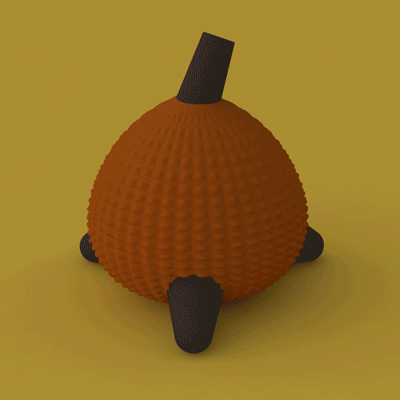
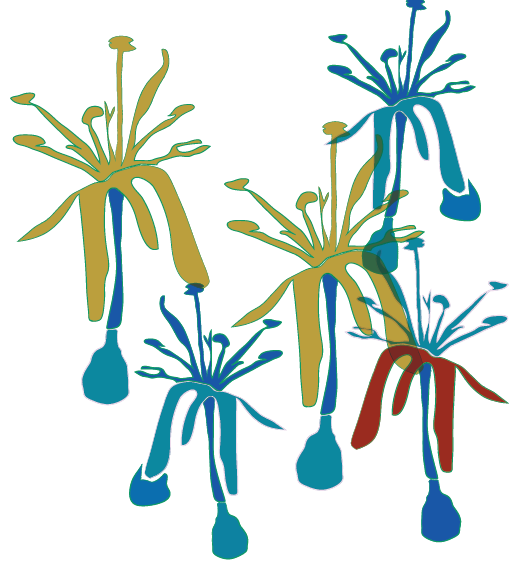
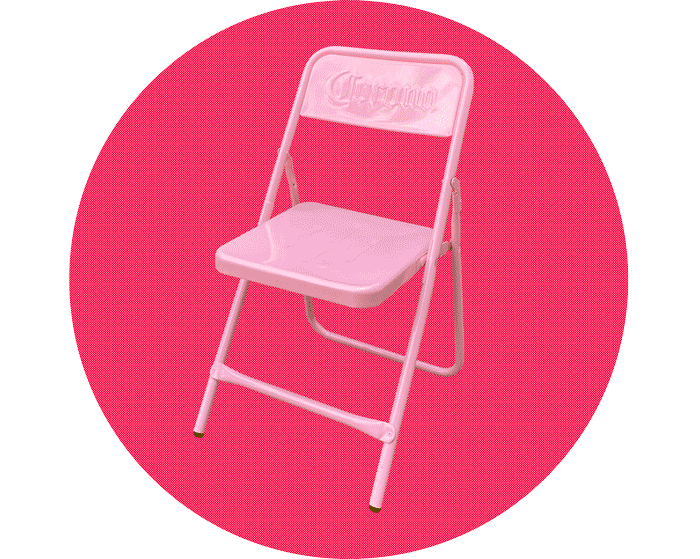
¡For Sale!